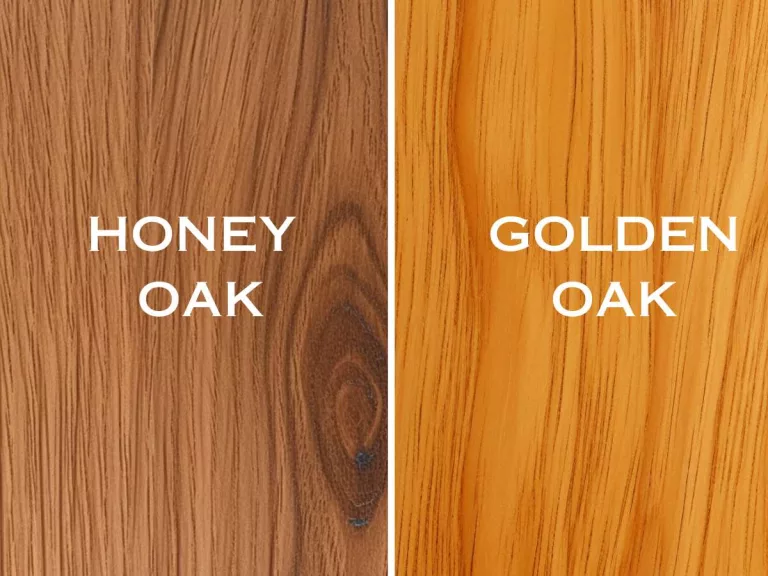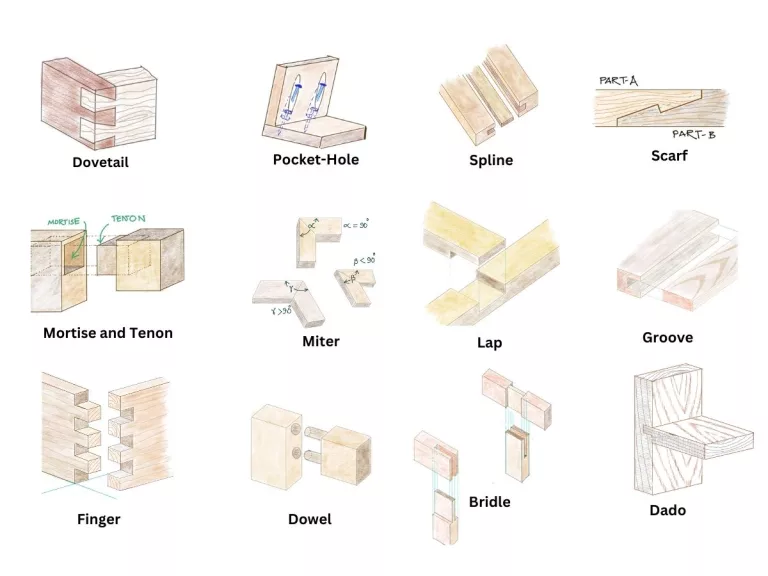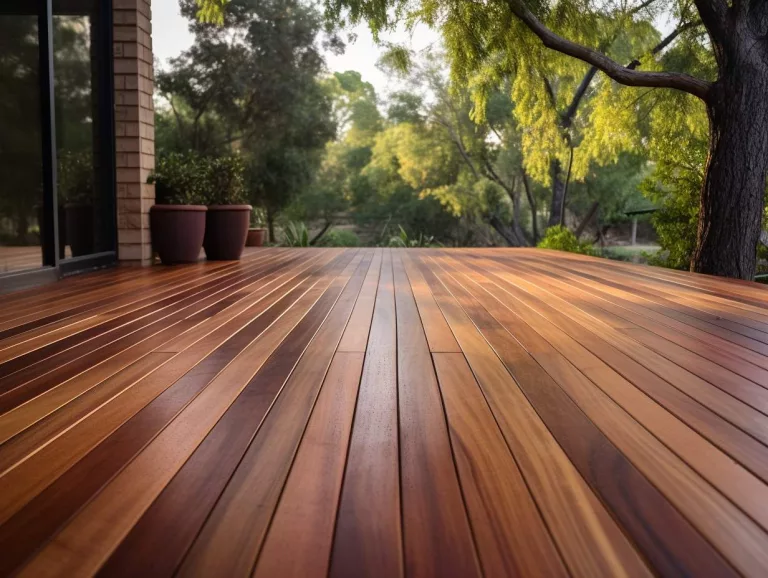Is Oak a Hardwood? Unraveling the Truth Behind Oak’s Characteristics
Oak, a name that resonates with strength and longevity, is not just a symbol of enduring natural beauty but also a cornerstone in the world of hardwoods. But is oak a hardwood? When we analyze the classification of oak, we find it comfortably nestled in the hardwood category, not merely because of its undeniable hardness but due to its botanical lineage. Oaks are members of the Quercus genus, a family of trees known for their robustness and durability.
The significance extends far beyond its physical attributes. In industries ranging from furniture making to construction, it stands as a preferred choice due to its resilience and aesthetic appeal. But its role is not confined to human use alone. In the vast tapestry of ecosystems, oak trees play a pivotal role, supporting diverse wildlife and maintaining ecological balance.

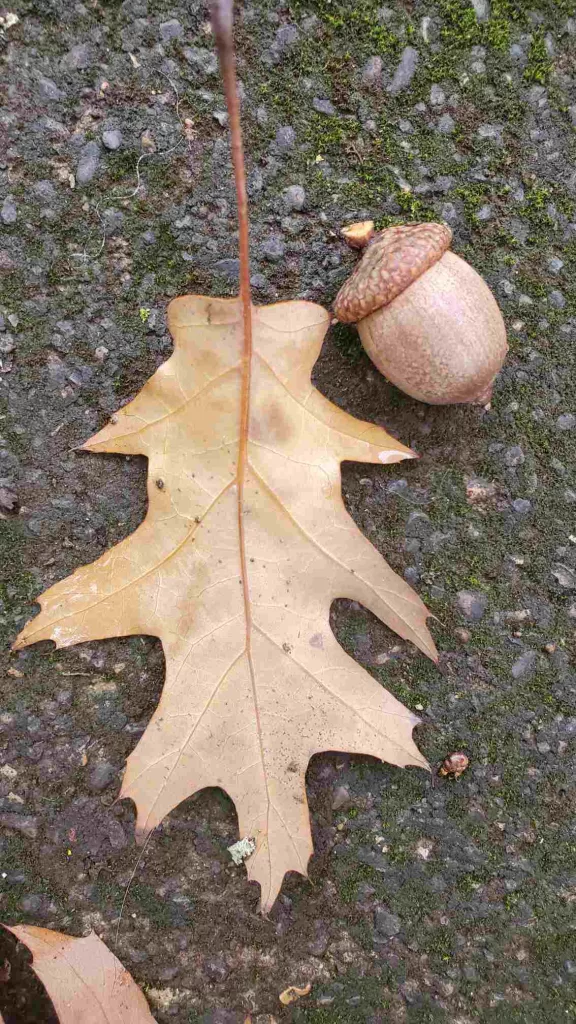
What Defines a Hardwood?
To understand what classifies a tree as a hardwood, we need to look at its scientific roots. These are predominantly angiosperms, plants that produce seeds with some form of covering. This group is distinct from softwoods, which are gymnosperms, typically bearing naked seeds. However, the common perception that hardwoods are always harder than softwoods is a misconception. The classification is more about the reproductive biology than the wood’s density or hardness.
The Botanical Basis of Hardwood Classification
- Angiosperms and Deciduous Trees in Hardwood Classification:
- This classification deeply connected to angiosperms and deciduous trees.
- Angiosperms are known for producing flowers and fruits.
- Distinct from gymnosperms, which bear cones.
- Characteristics of Deciduous Trees:
- A subgroup of angiosperms.
- Shed their leaves annually.
- This feature is common in many hardwoods, including oaks.
- Oak’s Botanical Identity:
- Classified as hardwood due to being an angiosperm.
- Exhibits slower growth, leading to denser wood.
- Density contributes to the perception of being harder than softwoods.
- Deciduous Nature and Reproduction:
- Its deciduous nature, flowering mechanism, and fruit production (acorns) are key.
- These characteristics define oak’s classification as a hardwood.
- This definition encompasses more than just physical hardness.
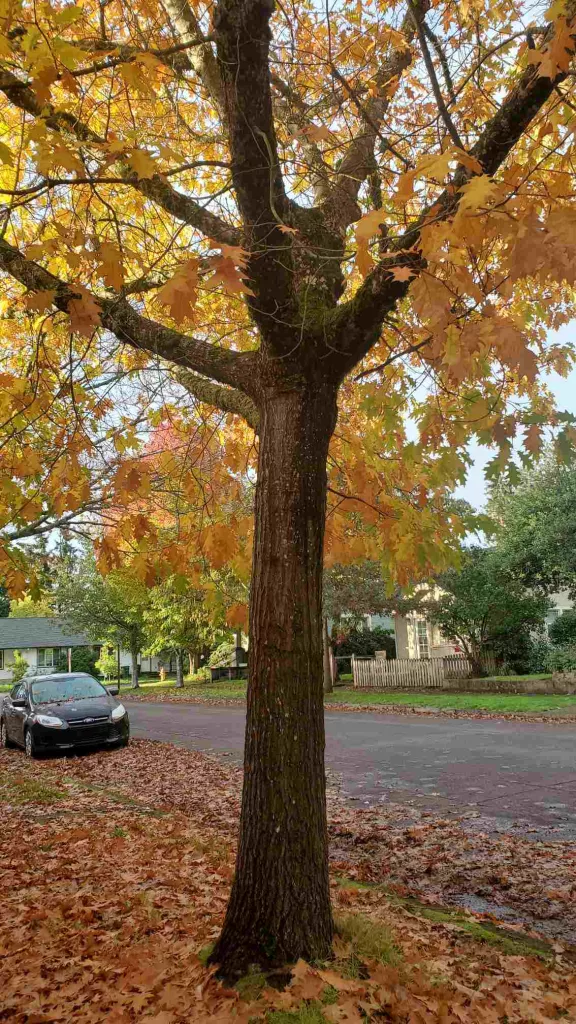
Characteristics
Oak wood, revered for its remarkable properties, stands out in the realm of hardwoods. Its characteristics are not just a matter of appearance but are deeply rooted in its biological makeup, making it a preferred material in various applications. When compared to other hardwoods and softwoods, oak holds a unique position due to its blend of durability, workability, and aesthetic appeal.
From the usability point of view, I’ve worked with a variety of woods, but oak remains my absolute favorite. Its robustness and durability are unparalleled, making it ideal for crafting heirloom-quality pieces. What truly sets it apart, however, is its distinct character – the rich grain patterns and warm tones bring a unique life to each piece I create.
Physical Properties
Versatility and Strength
- Oak wood is known for its versatility and strength.
- The grain is distinctively attractive, often displaying wavy or straight patterns.
- Adds significant visual appeal to any application.
Following are the oak wood Janka hardness values of some oak varieties.
| Wood Species | Scientific Name | Janka Hardness (lbf) | Janka Hardness (N) ( = lbf X 4.44 N) |
| White Oak | Quercus alba | 1360 | 6049 |
| Red Oak | Quercus rubra | 1220 | 5427 |
| European Oak (English Oak) | Quercus robur | 1120 | 4982 |
Color Variations
- Color ranges from light beige to rich, deep brown.
- Variations depend on the species and its age.
- The natural coloration makes it a popular choice for decorative purposes.
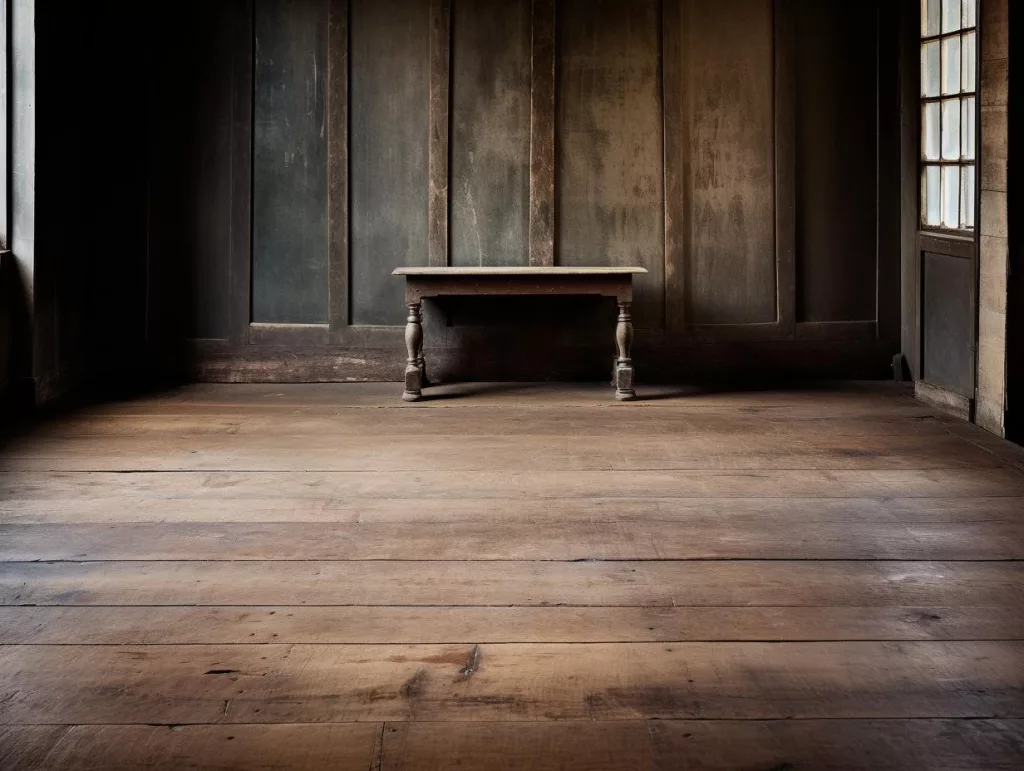
Density and Durability
- Oak is notably dense, contributing to its weight and strength.
- High density plays a crucial role in its durability.
- Resistant to wear and tear, making it ideal for long-lasting furniture and construction.
Types
Two primary categories: white oak and red oak.
White Oak
- Known for its tighter grain and greater water resistance.
- Ideal for outdoor use and in moist environments.
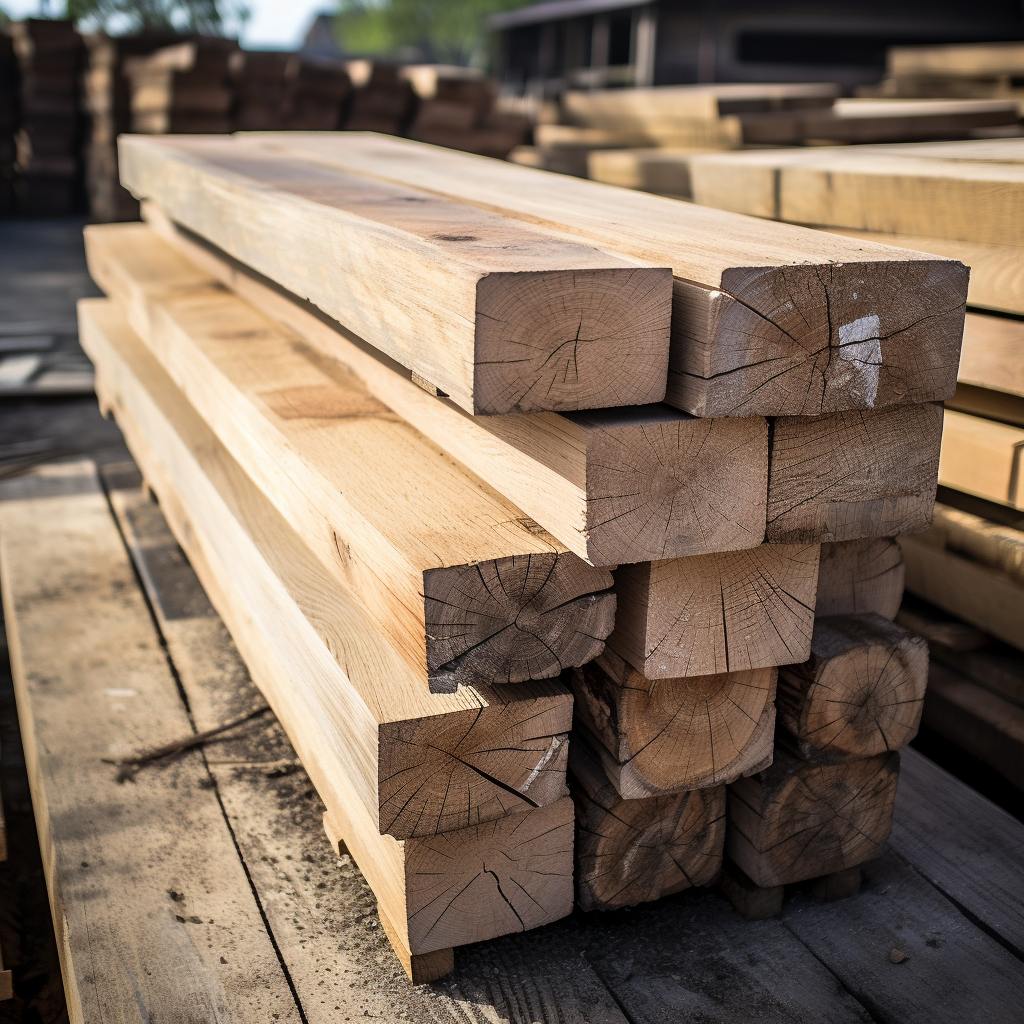
Red Oak:
- Slightly more porous structure.
- Often preferred for indoor furnishings.
- Offers a different aesthetic with its reddish hue.
Uses
Oak’s Versatility in Various Industries
- Widely used for its combination of beauty and functionality.
- Popular in construction for framing, flooring, and architectural details.
- Cherished in the furniture industry for its resilience and aesthetic appeal.
Applications in Construction
- Chosen for its strength and longevity.
- Ideal for structural and decorative elements in buildings.
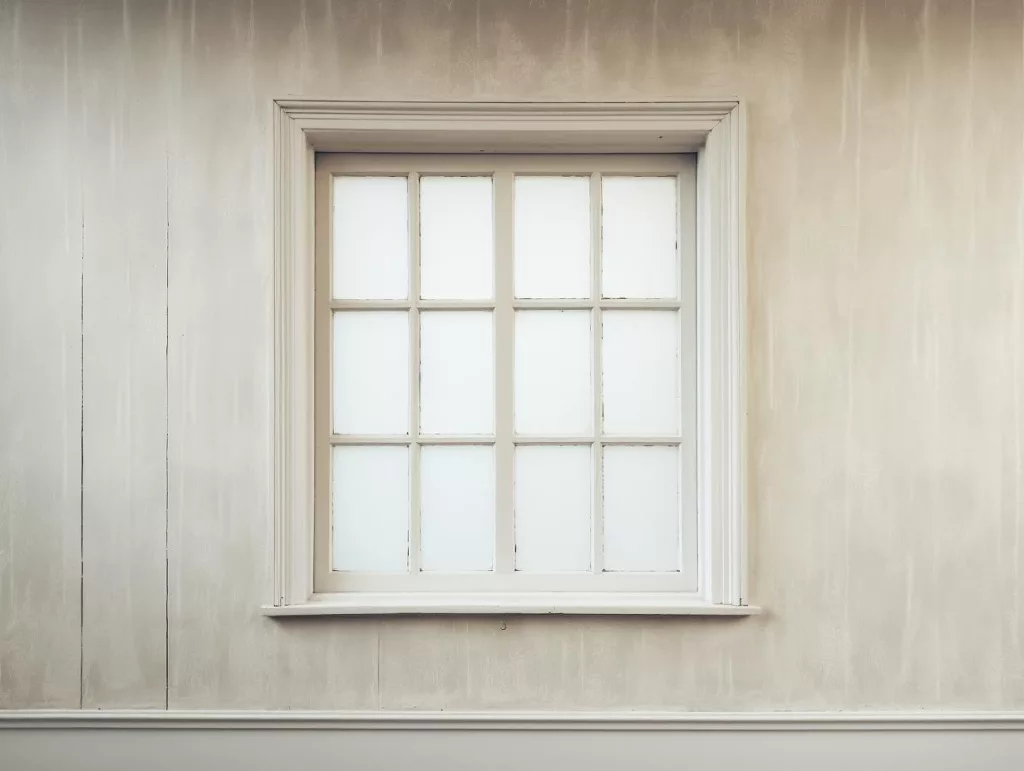
Significance in Furniture Making
- A staple material for high-quality, durable furniture.
- Blends beauty with resilience, making it a preferred choice.
Aesthetic Benefits
- Oak’s grain and color add a natural, warm, and elegant feel.
- Enhances the visual appeal of spaces with its unique texture and hues.
Durability and Longevity
- Products made of oak are known for their durability.
- Often become heirloom pieces, passed down through generations.
- Withstands the test of time, maintaining its quality and appearance.
Environmental Impact and Sustainability
Oak’s Role in Ecosystems
- Oak trees hold profound significance and maintain intricate ecological balance.
- Serve as a source of high-quality wood and play a vital role in their habitats.
- Provide essential support to a wide range of species, from insects to mammals.
- Crucial for maintaining biodiversity in their ecosystems.
Sustainability in Oak Harvesting
- A critical concern in modern, environmentally conscious practices.
- Sustainable practices include selective cutting and replanting.
- Implementation of long-term forest management plans.
- Aimed at ensuring the continued thriving of oak forests.
- Helps maintain ecological balance and minimizes environmental impact.

Conservation Efforts
Conserving oak species presents unique challenges, from combating diseases and pests to addressing the impacts of climate change. Conservation strategies often involve a combination of scientific research, community engagement, and policy-making. Efforts like habitat restoration, genetic diversity studies, and legal protections are crucial in preserving these vital species.
Responsible forestry plays a key role in this conservation effort. By adhering to ethical and sustainable practices, foresters can help ensure the health and longevity of oak populations. This includes monitoring tree health, implementing controlled harvesting, and supporting reforestation initiatives.
Debunking Myths
There are numerous myths and misconceptions surrounding oak and hardwoods in general. One common myth is that all hardwoods are inherently hard, which is not always the case. Expert opinions help clarify these misconceptions, providing accurate information and dispelling myths. For example, the hardness of wood is determined by its density and growth patterns, not just by its classification as a hardwood.
Future Trends and Research in Oak Wood Usage
- Emerging Technologies:
- New technologies shaping the future of utilization.
- Advancements in wood treatment and preservation.
- Enhancing oak’s durability and versatility.
- Broader Applications:
- Suitable for a wide range of uses, from building materials to furniture.
- Innovations allowing for more diverse and creative uses.
- Ongoing Research in Forestry and Wood Science:
- Research playing a key role in the evolution of the wood usage.
- Studies on genetic diversity leading to more resilient species.
- Addressing Environmental Challenges:
- Research focused on oak’s ability to withstand climate change and pests.
- Developing varieties better suited to changing environmental conditions.
- Sustainable Forestry Practices:
- Research ensuring oak remains a viable, eco-friendly resource.
- Emphasis on sustainable harvesting and management of oak forests.
- Aiming to preserve this wood for future generations. You can learn about the researches here.
Additional Resources and Further Reading
For those interested in delving deeper into the world of oak wood, its uses, and its conservation, the following resources offer authoritative and comprehensive information:
- The International Oak Society – A wealth of information on oak species, conservation efforts, and research.
- Forest Stewardship Council (FSC) – Insights into sustainable forestry practices and certifications.
- Journal of Wood Science – Academic articles on the latest research in wood science, including studies on oak.
- Wood hardness scales
- Physical properties of wood
Conclusion
In summarizing the essence of oak as a hardwood, we revisit its remarkable journey from the deep forests to our homes and cities. Oak’s classification as a hardwood is rooted in its botanical characteristics – it’s an angiosperm, deciduous, and possesses a unique combination of density and durability. These physical attributes not only make it a practical choice for various applications but also endow it with a timeless beauty that is hard to replicate.
FAQs
Is oak a strong hardwood?
Yes, this wood is known for its strength and durability, making it a strong hardwood.
Is oak a cheap wood?
It is generally not considered cheap; it’s valued for its quality and longevity.
Is oak harder than pine?
Yes, it is significantly harder and more durable than pine.
What is the hardest type of wood?
The hardest wood is generally considered to be Australian Buloke. It has Janka hardness scale of 5,060 lbf.


